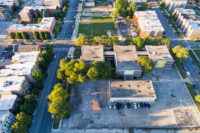Chicago’s Challenging 2019 Biennial Grapples with Architecture and Activism
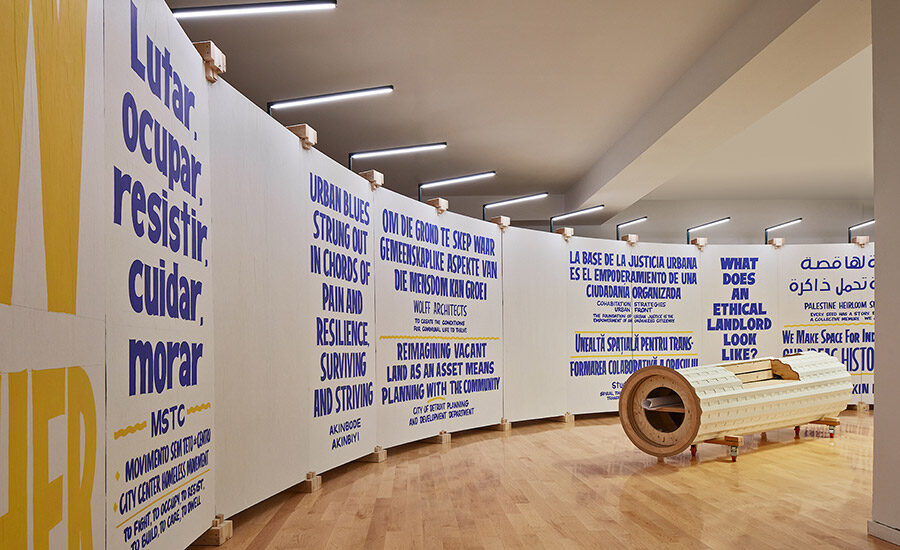
Construct Lab, How Together, 2019
Photo courtesy of Chicago Architecture Biennial / Kendall McCaugherty, 2019
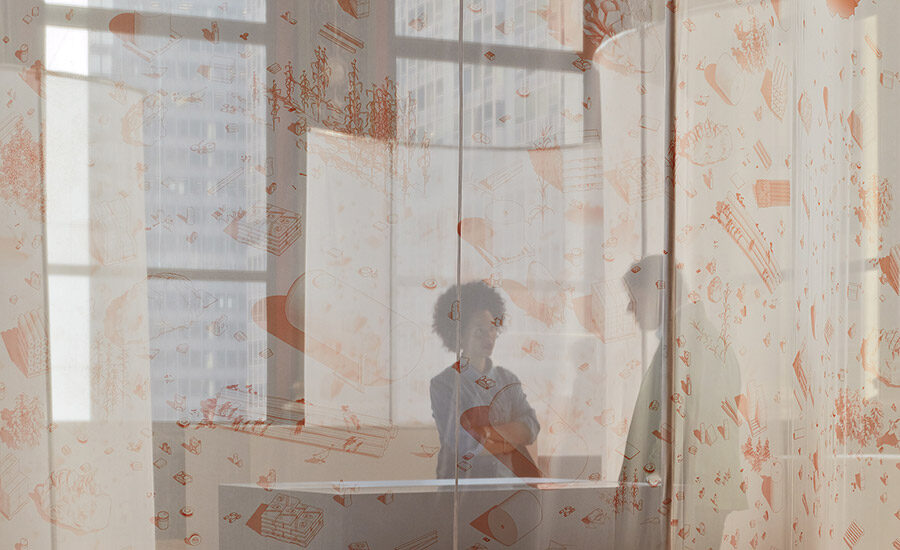
Somatic Collaborative, Beyond the City: The South American Hinterland in the Soils of the 21st Century, 2019
Photo courtesy of Chicago Architecture Biennial / Kendall McCaugherty, 2019
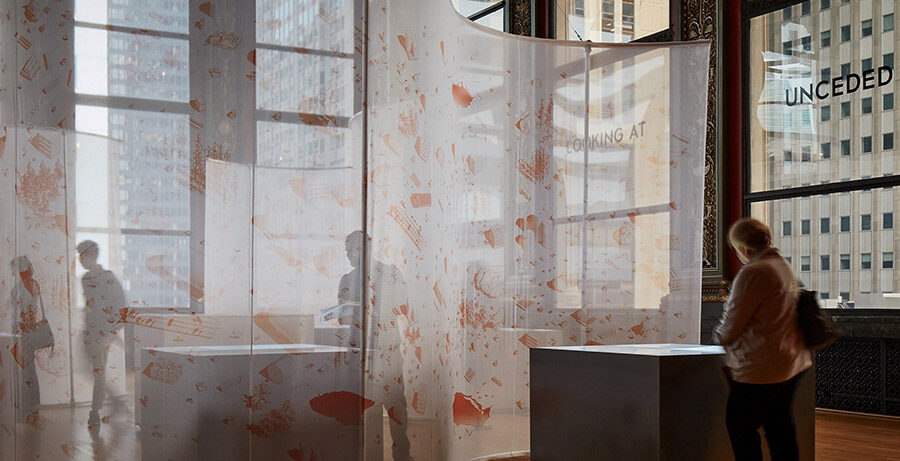
Somatic Collaborative, Beyond the City: The South American Hinterland in the Soils of the 21st Century, 2019
Photo courtesy of Chicago Architecture Biennial / Kendall McCaugherty, 2019
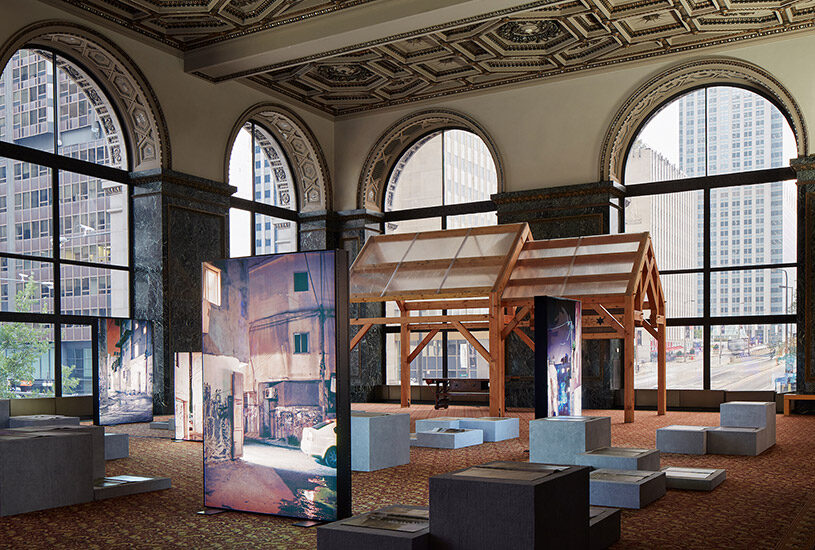
Foreground: Decolonizing Architecture Art Residency (DAAR), RefugeeHeritage, 2015-18 Background: Sweet Water Foundation, Re-Rooting + Redux, 2019
Photo courtesy of Chicago Architecture Biennial / Kendall McCaugherty, 2019
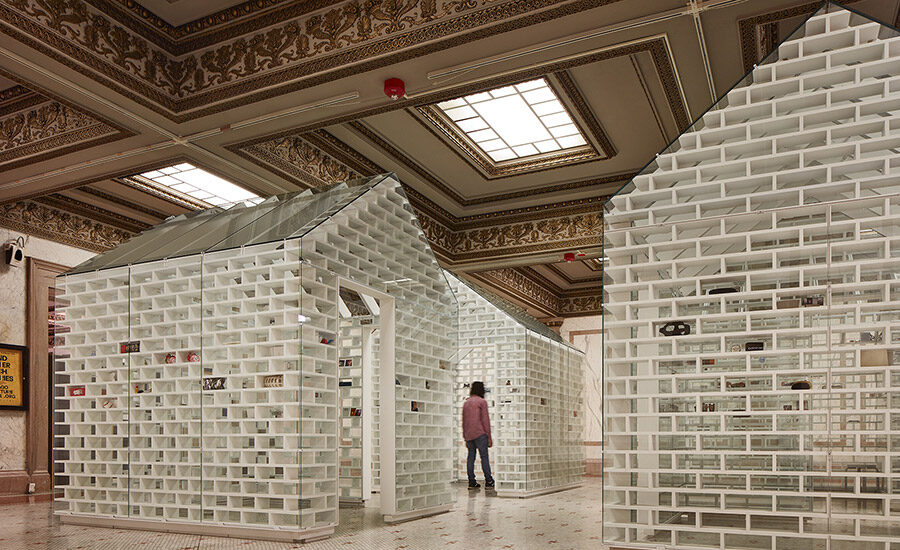
MASS Design Group and Hank Willis Thomas, The Gun Violence Memorial Project, 2019
Photo courtesy of Chicago Architecture Biennial / Kendall McCaugherty, 2019
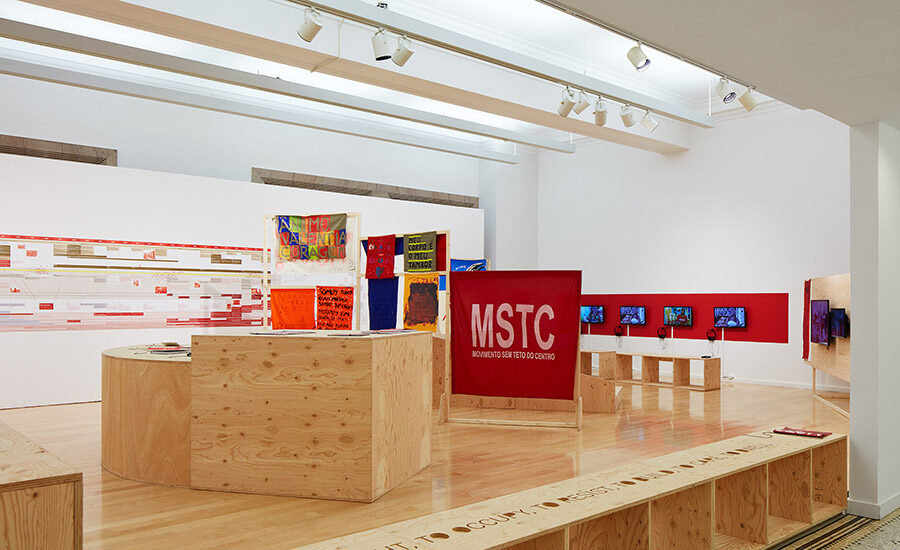
Estúdio 9 De Julho with Escola Da Cidade and o Grupo Inteiro, Diagram of interactions MSTC: Citizenship Factory, 2019
Photo courtesy of Chicago Architecture Biennial / Kendall McCaugherty, 2019
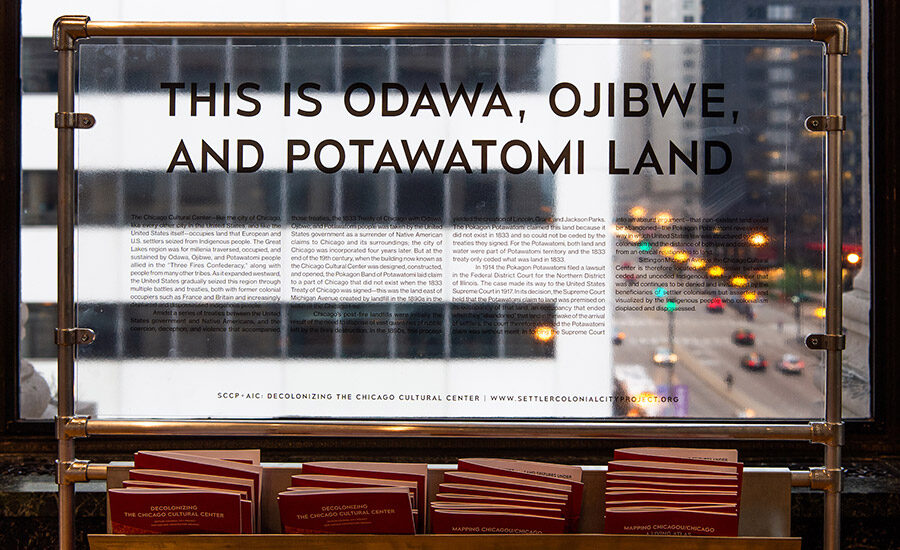
Settler Colonial City Project & American Indian Center, Decolonizing the Chicago Cultural Center, 2019
Photo courtesy of Chicago Architecture Biennial / Cory DeWald, 2019







How far can you stretch the definition of architecture and its role in making the world a better place? According to the third Chicago Architecture Biennial, which opened September 19 and runs through January 5, very far indeed.
The first two biennials, “The State of the Art of Architecture” in 2015 and “Make New History” in 2017, featured edgy and provocative work, but their relevance to the practice of architecture was fairly clear, and they included many displays of designed objects and spaces, easily recognized as architectural. This year is different. The focus relies heavily on research and asks difficult questions about the world in which architecture must operate and on which it can have an impact.
When the exposition’s title, “... and Other Such Stories,” was announced back in February, it caused some eye rolling. As conceived by artistic director Yesomi Umolu with curators Sepake Angiama and Paulo Tavares, the current Biennial, according to its mission statement, “invites practitioners and the public to engage with architecture and the built environment as prisms through which to reflect upon social, geopolitical, and ecological processes that affect our collective past, present, and future.”
It’s an impassioned declaration of concern for issues that architectural practitioners often ignore. The rhetoric may sound overly earnest, but what matters is the quality of the exhibits inspired by this manifesto—most housed in the 1897 Beaux Arts splendor of the Chicago Cultural Center and a few scattered throughout the city—and how well they explore these complex topics while linking them to architecture.
If you’re looking for eye candy that points to the next big design trends, you’ll be disappointed. But if you want to know what a range of professionals—not just architects but planners, preservationists, historians, writers, philosophers, activists, and artists—are thinking and doing to solve real problems, like how to make clean water and toilets available to people who’ve never had them. You’ll learn a lot. Here are some highlights.
Everyone knows that the shortage of decent affordable housing is a global crisis. Two of the most compelling exhibits to address this come from São Paulo, Brazil. City Center Homeless Movement (MSTC) is an organization that encourages squatting in tax-delinquent vacant properties in the downtown core to pressure the city to repurpose them as social housing. Its exhibit documents the occupation and management of one such building, now home to over 300 people. Also noteworthy is USINA-CTA, a collective of architects and researchers who help communities design and build their own residences and communal spaces; a video shows the evolution of a clustered multifamily housing project, based on a square module, from freehand sketch through construction.
Such multifamily housing is impossible in the informal settlements of dense cities like Mumbai, where there is little plumbing. “Sanitation and Equity” is the work of RMA Architects, based in Mumbai and Boston, and principal Rahul Mehrotra’s students at Harvard’s GSD. Their proposals rethink sanitation infrastructure for marginalized populations in India, where 70 percent of water is contaminated. Solutions combine new systems for water supply and waste disposal with flood management and courtyard housing.

Because so many exhibits are about process, they tend to be heavy on text and light on architectural spaces and objects. One elegant exception is also the saddest. “The Gun Violence Memorial Project” by MASS Design Group of Boston and Hank Willis Thomas of Plainfield NJ, features four gabled pavilions of glass and painted wood, which display, within a grid of cubbyholes, mementos of victims of gun violence. Nearby are screens with heartbreaking videos, mostly of mothers remembering their murdered children.
Other displays have comparable architectonic heft, but without the tragic content. “Re-Rooting and Redux” by the Sweet Water Foundation, a community-based land trust on Chicago’s South Side, shows the handsomely crafted timber frame of a worker’s cottage transformed into gallery space. Another eye catcher is “Great Lakes Water School,” a vernacular steel and wood structure by artist Oscar Tuazon of Los Angeles in collaboration with Olson Kundig Architects of Seattle.
You may have fond memories of the 2017 Biennial’s “Vertical City,” in which 16-foot-high models, revisiting the 1922 Chicago Tribune Tower design competition, filled a monumental gallery. Once again, this glorious chamber gives pride of place to large scale architectural installations. The most impressive is “Museum of Oil – The American Rooms” by Territorial Agency of London, which explores a world without oil: four canted walls,16 feet high and covered in aerial images of drilling and fracking sites, are artfully positioned to create layers of space between them.
The new Biennial is more challenging than the previous editions. (A rare moment of wit is the choice of ConstructLab of Berlin to repurpose the “Adolf Loos” classical column from the last Biennial into a horizonal bench.) The contributors here are mostly emerging voices, with few marquee names. It’s short on visual pizzazz, and reading all that text, some of it impenetrable, may give you eyestrain. Climate change—which architects can actually do something about—is given short shrift. And visitors are pounded by signs reminding them that buildings occupy land taken from indigenous peoples. You can ask what any of this has to do with architecture and dismiss the Biennial as a misguided attempt to be “woke.” Or you can look carefully and acknowledge its core message: that we cannot grapple with the difficult realities of the world we live in unless we begin to bridge the gap between architecture and activism.



